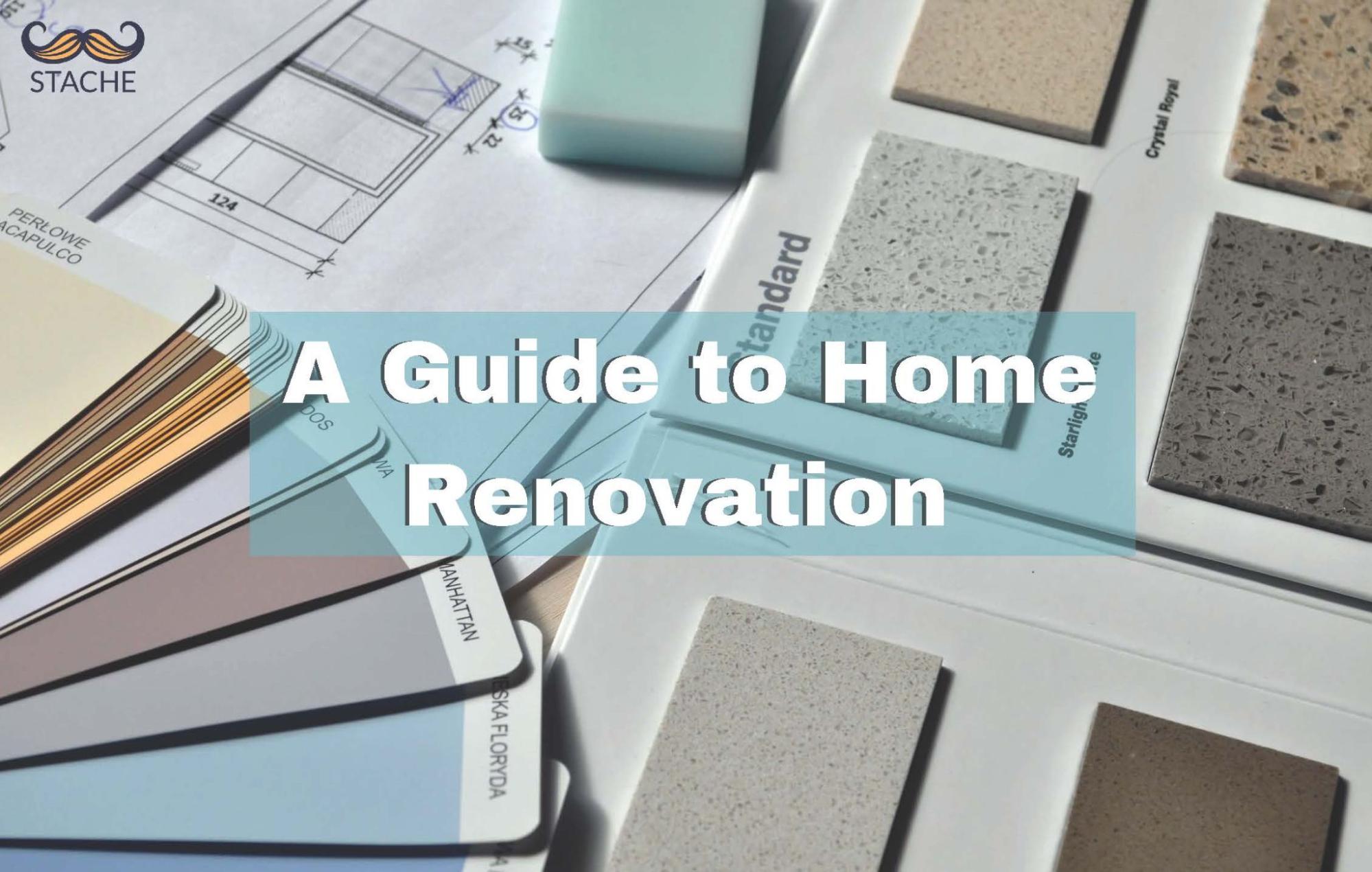Renovating your home has become increasingly common during the COVID-19 pandemic. As families spend more time than ever in their abodes, the need for more living space and square footage has never been greater.
But home renovation projects are a daunting task. There are so many factors to consider and it can easily become overwhelming.
What are your needs and objectives? How much will these updates cost? How will this affect the value of your home? Should you hire general contractors or interior designers, or try to DIY and save a lot of money?
In this article we’re going to dive into these questions and aid you on your home improvement journey!
Where to begin?
We recommend starting by listing out your objectives and goals. Figure out exactly what you have in mind regarding your renovations, and go from there.
It’s fine to start with a “dream” list, however lofty and unrealistic it may be. Listing out everything you want in your home will help you separate your essential needs vs your mere wants.
After, try and trim down your list to what type of home improvement projects are crucial in the short term. Remember to keep your full list for reference. As you continue improvements, you can keep checking items off over the years until you finally finish your dream home!
How much will renovating your home cost?
The financial implications of home improvement vary wildly, depending on a number of factors that include, but are not limited to:
- Your local real estate market
- What renovations you plan to pursue
- Changes in raw square footage
- Whether or not you plan to hire third party contractors or designers.
Research will be required when calculating these costs, but you can use external resources (such as this) to help.
Once you’ve determined a rough estimate for the cost of the home improvements, decide whether you plan to use your personal finances or if you want to obtain a loan. For loans, you can specifically obtain a home renovation loan from a number of reputable lenders.
What happens to the value of my home?
Renovations will inevitably add value to your home, but how much? That is highly dependent on the renovation itself. A short list of some of the most valuable home additions and updates includes:
Outdoor Structures — Including decks, pools, fences, fire pits, structures like gazebos, etc.
Bathroom Remodels — Both minor and major bathroom updates
Kitchen Renovations — Updating appliances, kitchen cabinets, tiles, adding an island, etc.
Roof Replacement — Especially if you opt for energy-efficient additions like solar panels
A Polished Basement — Finishing an unfinished basement adds a lot of square footage and value to your home
Are renovations tax deductible?
Are renovations tax deductible?
You can save a lot on taxes if you undergo renovations, but it depends on:
- The kinds of additions
- Their primary purpose
If you are adding a space for a home office, for example, the costs are tax deductible. Similarly, if you embrace smart and/or green technology, such as with solar panels, you are often eligible for tax breaks as well.
Changes to living spaces, however, are not tax deductible. Adding an extra bedroom or improving small bathrooms can still be worthwhile endeavors, but they won’t help foot the tax bill.
Finding General Contractors and Interior Designers
So you’re ready to start renovating and it’s time to start hiring some professionals. Great job for getting here! Do your research, see who is available in your area, and get some references.
Try and find reviews of anyone you plan to interview, see if they have any history of complaints or dissatisfaction, and try to view examples of their work. Interview multiple contractors and get accurate estimates.
Remember to stick to your plan and carefully outline the work you want done. Be patient and remember that it is a process, not unlike a job interview. Ask them to identify potential issues with your plans, especially regarding structural changes.
Professionals should be able to quickly identify any issues regarding load bearing walls, or potential problems with piping, heating, or electrical wiring. Try to come up with a general timeline as well, but remember to remain flexible.
Finding designers is similar. Make sure to find one with an aesthetic and style that you align with. Remember that if you are planning any massive structural changes—such as removing a wall—you should get both a designer and contractor.
They will inevitably have to work closely with one another and with yourself, so you should try and find both early in the process. If you are merely updating a room, you can opt for an interior decorator instead, as the layout of the actual space has been finalized already.
What to plan for during the actual renovations?
Once you are ready to begin your renovations, make sure to close off the job site(s). Any areas that are being actively worked on will be inhabitable, so you should plan accordingly. If you have any pets or children, make sure they do not have access to the work area. If you have to shut off water and/or heat, such as with bathroom remodeling, also be prepared!
Conclusion
As we spend more time in our homes during a global pandemic, home remodeling is more popular than ever. While an arduous process, we believe renovations can be extremely worthwhile for homeowners.
You can add valuable square footage to your home, increasing home value and creating additional space for your loved ones. You can even save some money on taxes, depending on the renovation!
It can feel overwhelming, but as long as you plan ahead, outline your goals, establish a reasonable budget, and have the resources, you’ll be fine. Stick to your plan and you’ll be enjoying your new and improved house in no time!

